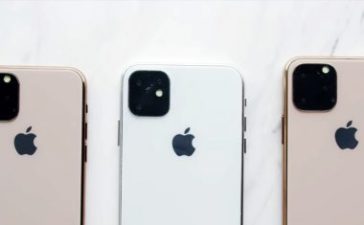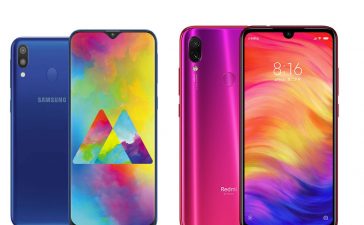Tweets, either for or against, can influence the thinking process of young people and the speed of the messenger matters here too, say researchers.
“Twitter is an important outlet. We know that,” said lead author Joseph Erba, Assistant Professor at the University of Kansas.
“We also know from traditional advertising and marketing literature that the visual identification of the communicator matters. What we were interested to see is if the visual identification of a Twitter user influences how people perceive the message. It does.”
Those trying to reach millennials on Twitter should keep in mind the race and the identity matter, and that conscious and unconscious responses were different, suggesting self-reported data should always be viewed cautiously. Finally, the messenger can be just as important as the message, the findings revealed.
“If you want a message to hit home with white millennials, you have to think not only about the message but who is delivering the message,” Erba said. “There needs to be a ‘match up’ between the topic discussed and the perceived identity of the spokesperson.”
The team took a sample of how white millennial participants viewed real tweets, then answered questions about their perceptions of the issue and about who tweeted the messages. Eye-tracking equipment mapped the time participants spent reading each post, used as a proxy for their attention to the tweets.
According to the eye-tracking data, participants looked longer at messages from white Twitter users, while self-reported data showed they would be more likely to engage with black Twitter users on the topic.Four little tweets were enough to significantly change their views, the results showed. The study will be presented at the International Communication Association conference in May.






